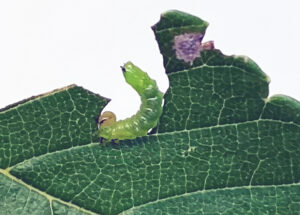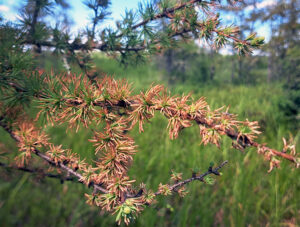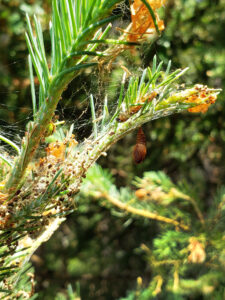By Linda Williams, DNR Forest Health Specialist, Woodruff
Linda.Williams@wisconsin.gov or 920-360-0665
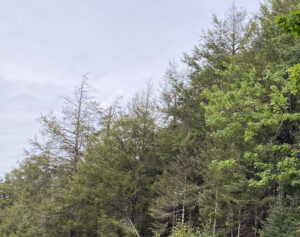
Hemlock crowns remained thin this summer at a Vilas County plot that saw defoliation by spruce budworm in 2023. / Photo Credit: Linda Williams, Wisconsin DNR
Spruce budworm was observed defoliating a stand of hemlock trees in Vilas County in 2023. This stand was revisited in 2024 and although defoliation was only light this year, significant thinning in the tops of hemlocks was noted.
Hemlock is not a preferred host for spruce budworm, and the defoliation in 2023 was due to an extremely high population of spruce budworm in that area.

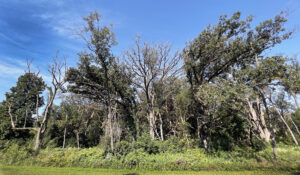
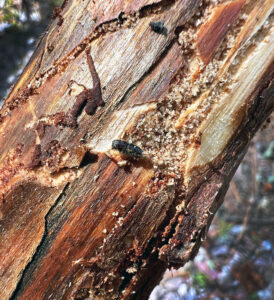
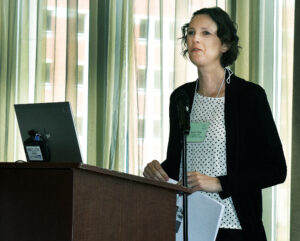
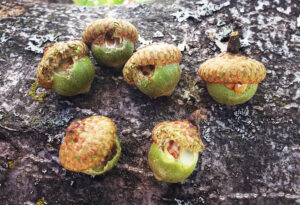
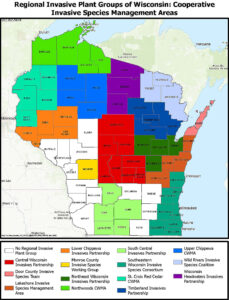 When it comes to fighting invasive plants,
When it comes to fighting invasive plants, 